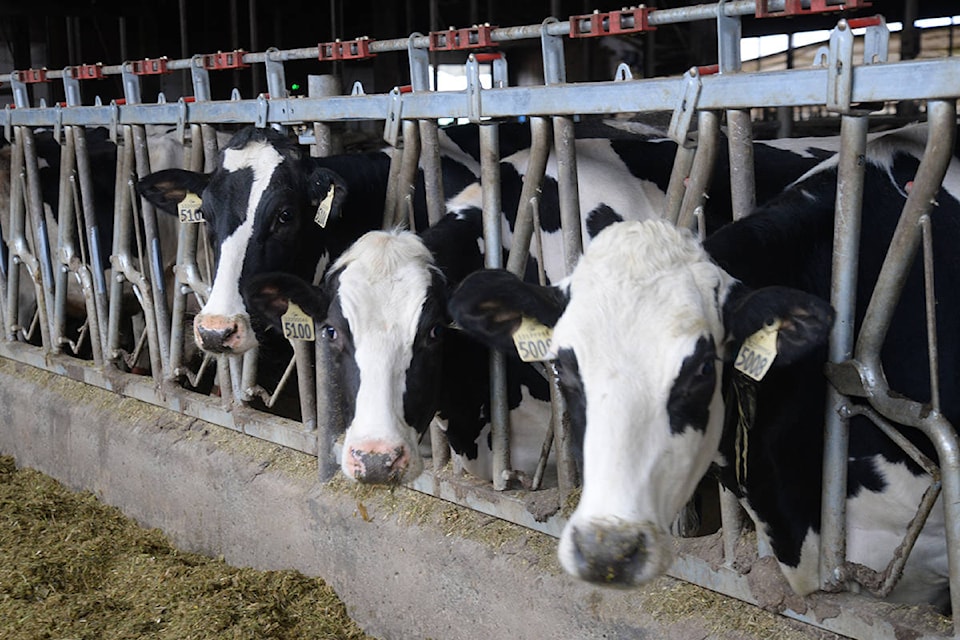This is a grim topic for many but the future is hopeful but not unless we change our ways and meet the challenges head on.
There is a saying in business that if you don’t have challenges every day, then you are not in business. We succeed by overcoming them.
Headlines last seek showed costs went up in 2018 by 6.5 per cent - double the forecast-whereas revenue from livestock sales dropped a fifth of a percent. “Net farm income plummets” was the headline.
Now we haven’t seen a dramatic reduction in prices recently, but most economists suggest that is just a matter of time.
So why would this matter to consumers and producers alike?
If you are a consumer , engage a producer in the conversation of how the meat is produced and what the cost of production is and what he/she can do to reduce costs.
Read More: RANCH MUSINGS: A trip down memory lane – a grasslands visit
If they understand the challenge of food production then maybe they will be willing to pay more especially if the quality is higher and the footprint lower.
Many producers will say that they have trimmed costs as much as they can. If that is the case then maybe bigger changes are necessary. It has been said that cost management in ranching is like pruning a tree to get more fruit.
Taking off small twigs here and there may not do it. One might just have to take off major branches (enterprises) to get the tree producing again.
In order to do this, any ranch has to have its finances broken down into its component enterprises and ask the question about efficiency of : land management, the cow/calf enterprise, the haying enterprise, the replacement cow enterprise, the yearling operation and maybe the finishing operations, and so on.
Just as an example, someone recently told us they rent bulls from a neighbouring ranch and that is a lot cheaper than owning the bulls.
Sometimes these opportunities are hard to find. But ask yourself, how hard are you trying?
Some people allow other to critique their operations, although bankers and accountants are not really used to doing that. We obsess over the financial statements we prepare for the taxman — Canada Revenue agency (CRA).
The CRA expects all incomes and expenses to be lumped together to get a bottom line for calculating taxes from the net income.
That does not help with the financial analysis of the business.
Matching one’s way of life to the business needs of your farm or ranch remains the primary challenge.
Some of these are old ways and some are new.
If you — either consumer or producer — are concerned about increasing our resilience in the face of changing weather patterns or the need for there to be local producers then here are some of the practices that can be tried:
Have a positive work culture: promote enjoyment of the work at hand.
Engage young people: children, grandchildren, neighbours, students, new employees in the interesting work. They have skills that can help.
Check nutrient levels in the soil and crop: see if you can tweek the soil to produce what you are missing. Promoting more diversity can achieve this.
Let the livestock work for you: put grazing and winter feeding onto the crop rotation. Let the cows fertilize and stimulate growth of other plants for resiliency sake.
Select breeding stock from those individuals that do well with modest rations of feed: you can grow more cost effectively (reduced cost).
Measure the results of different management practices: keep an eye on quality and not just the quantity of the crops (mostly hay and silage).
All land needs time to rest and recover after usage: manage pastures and fields to achieve this. Every month there are stories from farmers and ranchers who are doing this.
Our biggest costs are in the winter feeding, so any feed that can be stockpiled on the stem and let the cows eat it into the winter or spring will reduce costs.
Grazing is at least a dollar a day cheaper than feeding hay. One month more grazing means $30 more to the bottom line.
Let’s ask how can we do some of these things, not why we can’t do them!
David Zirnhelt is a rancher and member of the Cariboo Cattlemen’s Association. He is also chair of the Advisory Committee for the Applied Sustainable Ranching Program at TRU.
